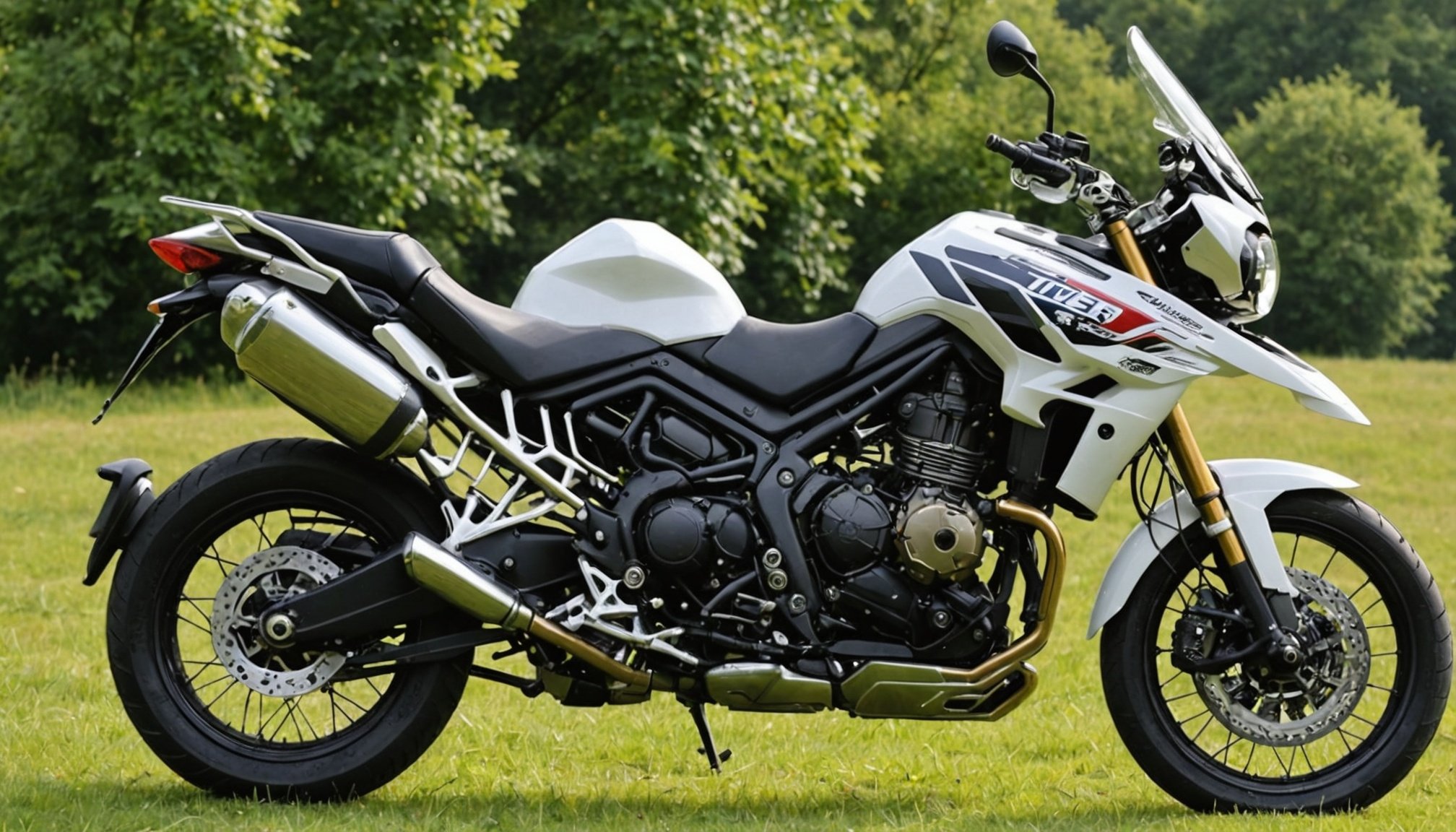In the world of motorbikes, the Triumph Tiger 1200 is a notable beast. Its robust design, incredible performance, and unmatched reliability make it a favorite among bike enthusiasts. However, like any mechanical device, its components may require maintenance or replacements over time. One such critical component is the alternator. The alternator is an integral part of your motorbike’s electrical system. It generates electrical power for all the electrical components while the engine is running.
The article will provide you with a detailed, step-by-step guide on how to remove and replace the alternator on your Triumph Tiger 1200. Before starting this procedure, remember that working on the electrical system of your bike should be carried out with utmost care. It is essential to follow the steps precisely to ensure the safety of both you and your bike.
Also read : What are the ideal tire choices for a Triumph Scrambler 1200 for mixed terrain riding?
Preparing for the Task
Before embarking on the task of removing and replacing the alternator, it’s crucial to have a clear understanding of the requirements and the procedure. A good understanding of the structure and connections within the engine compartment is beneficial. Familiarize yourself with the alternator’s location and its connections to the engine.
You’ll need some basic tools:
Also read : What are the guidelines for safely installing LED turn signals on a Moto Guzzi Stelvio?
- Socket Set
- Torque Wrench
- Screwdrivers
- Pliers
Don’t forget your safety gear, including gloves and protective eyewear. Always ensure the motorcycle is on level ground and in a safe, well-lit working environment.
Disconnecting the Battery
The first step in the process of removing the alternator is to disconnect the battery. This step is crucial for safety reasons. It helps to prevent electric shocks and electrical shorts when working on the alternator.
Start by locating the battery on your Triumph Tiger 1200. Using your socket set, remove the fasteners securing the battery cover. Remove the battery cover and locate the terminals. The battery has two terminals – positive and negative. Always start with the negative terminal when disconnecting the battery. Using your socket set, carefully remove the bolt holding the negative terminal.
After disconnecting the negative terminal, proceed to disconnect the positive terminal in the same way. Once both terminals are disconnected, carefully remove the battery from its position.
Removing the Old Alternator
With the battery disconnected, you can now proceed to remove the alternator. The alternator is typically located on the side of the motorbike’s engine. Start by locating the bolts holding the alternator in place. Using your socket set, carefully remove these bolts.
Once the bolts are removed, carefully unplug the wiring harness connected to the alternator. Be sure to remember or note down the connection points for easier reinstallation. After disconnecting the wiring harness, you can now safely remove the alternator from the engine compartment.
Installing the New Alternator
After successfully removing the old alternator, it’s now time to install the new one. Start by carefully positioning the new alternator in the engine compartment. Align the mounting points of the new alternator with those in the engine compartment. Once properly aligned, use your socket set to secure the alternator with the bolts you removed earlier.
With the alternator securely in place, reconnect the wiring harness. Ensure each wire is connected to the correct terminal on the alternator.
Reconnecting the Battery
With the new alternator installed, the final step is to reconnect the battery. Place the battery back into its compartment. Start by connecting the positive terminal, followed by the negative terminal. Ensure that the terminals are secured tightly.
Once the battery is reconnected, replace the battery cover and secure it with the fasteners you removed earlier.
By following these steps, you should be able to successfully remove and replace the alternator on your Triumph Tiger 1200. Remember, safety is paramount when carrying out these procedures. Always ensure that the battery is disconnected before starting any work on the alternator. Also, remember that every motorbike is different, and while these steps are general, some specific steps might slightly differ depending on your model’s individual features.
Taking Care of the Loose Ends
After reconnecting the battery and securing it with its cover, a few simple steps remain to ensure your Triumph Tiger 1200 is ready to hit the road with its new alternator. Firstly, double-check all of your connections. Make sure the wiring harness to the alternator is secure and that the battery terminals are tight. Any loose connections can lead to poor performance or potentially damaging electrical shorts.
Next, start the engine and listen carefully. The alternator should operate quietly and smoothly. If you hear any unusual noises, shut the engine off immediately and check the alternator and its connections. Any grinding or squealing indicates a problem. It could be as simple as a loose bolt, but it could also be a sign of a faulty alternator. In that case, contact your Triumph Tiger dealer or a trusted mechanic.
Finally, check the battery voltage. With the engine running, a healthy alternator should produce a voltage between 13.5 and 14.5 volts. If the voltage is too low, the alternator isn’t charging the battery correctly. If it’s too high, the alternator may be overcharging the battery, which can lead to damage. Either way, if the voltage isn’t within the correct range, it’s time to troubleshoot the alternator or consult a professional.
Concluding Thoughts
The process of removing and replacing the alternator in your Triumph Tiger 1200 may appear complicated initially. However, by approaching the task systematically and carefully following the steps outlined in this article, you should be able to successfully complete the job.
Remember, safety should always be your priority. Make sure to disconnect the battery before you start, use the right tools and wear protective gear. If you encounter any problems, don’t hesitate to seek professional help. It’s far better to ask for assistance than to risk damage to your motorcycle or, worse, injury to yourself.
Motorcycle maintenance is a crucial part of the ownership experience. It allows you to understand your ride, the Tiger Explorer, better and appreciate the intricacies of its design. Moreover, it helps ensure your bike remains in top condition, providing you with reliable, enjoyable rides for years to come.
In doing so, you’re not only investing in the longevity of your Triumph Tiger but also contributing to the vibrant, global community of Triumph Tiger owners and enthusiasts. From sharing maintenance tips on forum members, discussing race spec upgrades, to showcasing your motorbike on Facebook, every ride Tiger has their unique journey.
Replacing an alternator might seem like a daunting task, but with patience and the right tools, it’s entirely within your capability. Enjoy the ride, and safe travels on all your future adventures with your Triumph Tiger 1200.











